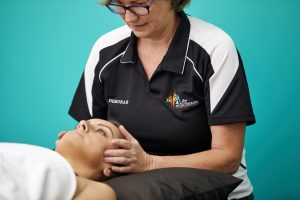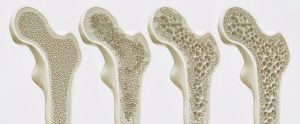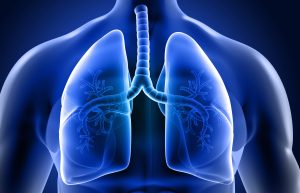What is it and how can Physiotherapy help?
Whether you’re getting back into the sporting season, doing a big home DIY, or starting to exercise more frequently, you might find that you wake up the next morning with some pain at the back of your ankle or your heal. You might not remember falling or twisting your ankle, but over weeks your pain just won’t go away.
As Physiotherapists, we often see people come through with a similar story to this, which commonly leads to the diagnosis of Achilles “tendinopathy” also known as a “tendinitis”. Tendinopathies can also develop in other areas of the body, such as the hips, knees, shoulder, and elbows, however, we will talk about the Achilles today.
What is a tendon?
A quick anatomy lesson!
Tendons are the structures that connect our muscles to bones and are made of bundles of collagen fibres which are arranged in a rope-like structure. The Achilles tendon attaches our calf muscle to our heal, so when we contract our calf muscle, our foot will move into a “pointed position”.
The Achilles tendon has a large role to play in walking, running, jumping, and rising onto our tiptoes.
What is Achilles tendinopathy?
Achille’s tendinopathy develops when the calf muscle is contracted too frequently over a long period of time (e.g. after a sudden increase in walking, running, or playing sport) and too much load is placed through the tendon, resulting in microtrauma to the tendon and degeneration to its structure. This leads to pain in the area of the tendon and reduced strength in the calf muscle and tendon function.

Signs of Achilles Tendinopathy:
- Pain over the Achilles tendon or on the back of the heel where it inserts.
- Depending on the severity, pain may not be felt during exercise but will present after rest or commonly the morning after.
- Reduced strength through the calf muscle – e.g. difficulty rising on your tiptoes or jumping/hopping.
Common causes of Achilles tendinopathy:
- Sudden increase in running or walking.
- Return to sport after a period of rest.
- Increase in daily activity – e.g. starting a new role where you are on your feet all day, a big DIY project at home, a holiday with lots of walking, etc.
How can Physio help:
- Your Physiotherapist will go through a thorough assessment to determine a diagnosis and the contributing factors that have led to the tendinopathy.
- Your Physiotherapist will explain the healing rates of tendinopathy and provide a structured management plan to optimise the amount of activity you do without overusing the tendon to allow the best healing rates.
- Your Physiotherapist will provide manual therapy to optimise function and reduce pain.
It is important to remember that for a tendon to heal, it must have some amount of load placed through it. Simply just leaving it and letting it “heal by itself” won’t provide you with the best recovery outcome.
Whether your goal is to return to high-level sport or to get back to your day-to-day activities, your Physiotherapist will create a management plan designed to get you back to what you enjoy doing.
By Sophie Oud – Physiotherapist







